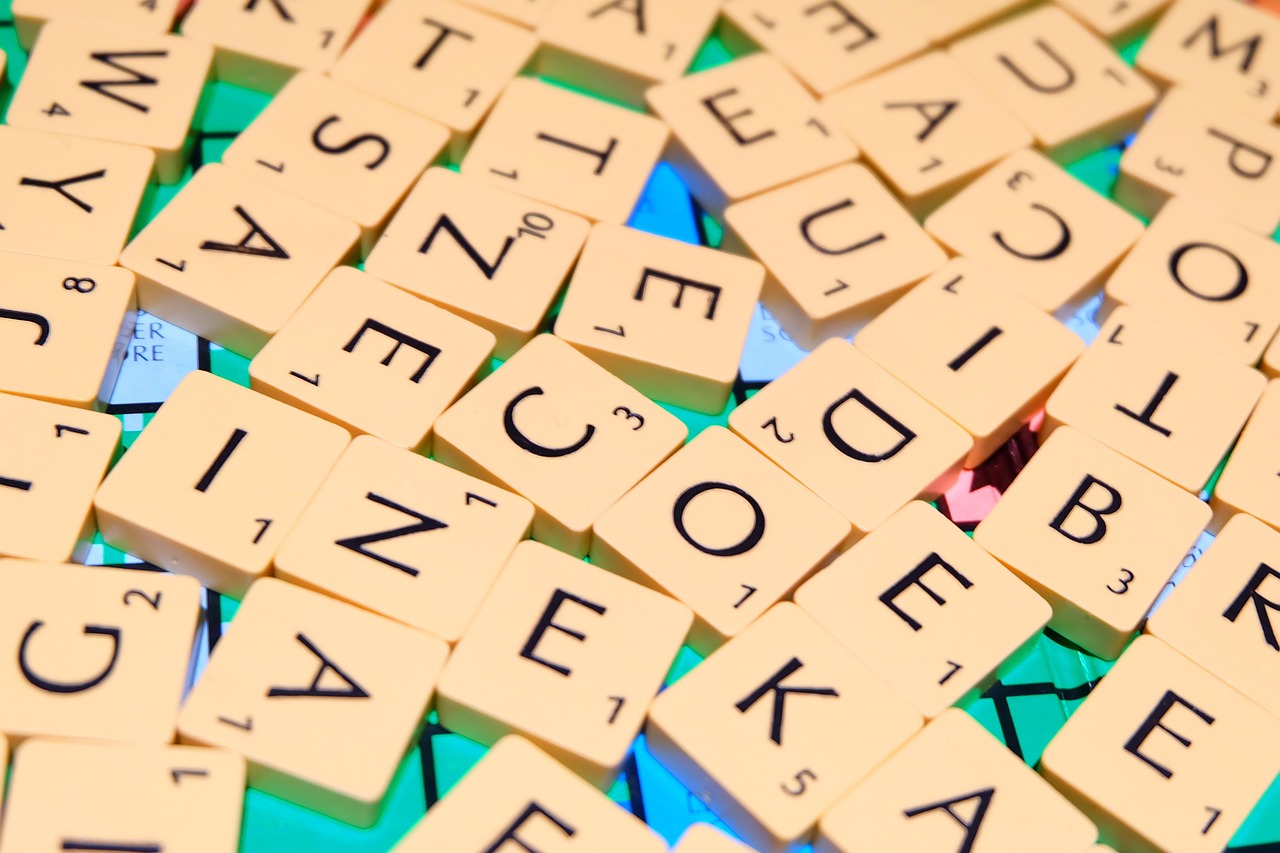AI Reading Tutors Are Already in Schools. Digital Promise Wants To Make Them Better
A $10 million federal grant will fund the Using Generative Artificial Intelligence for Reading R&D Center (U-GAIN Reading).

Imagine a low-cost tutor that can work with students whenever they need help reading. This tutor also has the ability to recognize words they are struggling with, and to provide readings and verbal advice tailored to their specific interests, needs, and level of engagement, all of which is done in accordance with the tenets of the science of reading.
Teachers may not need to imagine too much longer. AI already provides helpful reading tutors and could have all the capabilities described above in the coming years, says Jeremy Roschelle, Digital Promise’s Director of Learning Sciences Research.
Digital Promise received a nearly $10 million grant from the Institute of Education Sciences to launch and lead the Using Generative Artificial Intelligence for Reading R&D Center (U-GAIN Reading). U-GAIN Reading will build on existing research conducted by Amira Learning, a research-backed Intelligent Tutoring System (ITS) already being used by more than 1 million students each year.
The goal of U-GAIN is to turn the page on many of the literacy struggles that students across the nation struggle with by helping to provide research-backed evidence and training data to improve the ability of AI tutors to recognize diverse student voices and further engage students.
“Learning to read remains a national challenge with declining NAEP scores, and those scores show that many students are struggling to read even at a basic level by fourth grade,” Roschelle says.
As any teacher knows, these types of struggles often have heartbreaking consequences.
“If you learn to read, you learn every subject better, you end up with better outcomes in terms of going to college, better finances, better health," Roschelle says. "Learning to read is just such an important predictor of a student's further trajectory.”
Tools and ideas to transform education. Sign up below.
AI and Literacy: Hearing Student Voices and Boosting Engagement
AI reading tutors already have impressive abilities. Amira, for instance, can listen to students read and offer feedback and assistance on mispronounced words and more, but the U-GAIN team hopes to take these capabilities to the next level when it comes to understanding what students are trying to say and recognizing their engagement levels.
Listening To Students
“For this thing to work, it has to accurately hear kids,” Roschelle says. “Many students speak with a dialect or an accent, or from a different regional idiom, and when this kind of technology can't hear a kid accurately, it can't help them.”
He adds, “Teachers experience their kids on speech recognition products, and they tell us the pain [they experience] when a multilingual learner, an English learner, speaks and the teacher can understand what the student is saying, but the technology can't.”
This problem arises because most speech recognition AI doesn’t have enough training listening to kids speak overall, and kids with various accents, in particular.
To help change this, the U-Gain Reading team is hoping to listen to between 500 and 1,000 kids who are using Amira weekly for a half year or more. They are working with linguistic experts from multiple school districts, and are optimistic they can get appropriate permission forms from enough parents to create a robust new dataset on which to train the AI tutors.
“We'll be able to make a big improvement in hearing kids speak,” Roschelle says.
AI Engagement
A student can sit with an AI reading tutor for half an hour each week, but if they’re not engaged, they’re not going to get the most out of it.
“We need that half hour per week, minimum, but they need to be really cognitively engaged in reading, which isn't always fun when you're struggling to read,” Roschelle says. “The really big challenge is many of the techniques we have for detecting engagement works with clicks and work with keystrokes.”
To be effective in this setting, Roschelle says, we need tools that can measure engagement through thing such as the tone of a child's voice in the same way a teacher might be able to.
Harnessing AI's Potential For Individualized Learning
After challenges around engagement and speech recognition are overcome, AI tutors can respond to students in new and robust ways.
“Once we have those, then we have these amazing capabilities of generative AI that we can start to apply to solve problems,” Roschelle says. In particular, Roschelle is excited about the possibility of generating unique readings and responses for each student.
“Most products, Amira included, have a corpus of texts that they can give to a student to read, but they don't necessarily engage every student’s background knowledge,” Roschelle says. “And you read better — this is pure science of reading— when you engage background knowledge and you build background knowledge. Reading isn't just decoding. It's also using knowledge.”
An AI that can build higher-quality customized texts can potentially boost student engagement with the lesson. “We know if kids like dinosaurs, give them more dinosaurs,” Roschelle says.
AI tutors also need to learn to better respond verbally to students who are struggling with a text. Since many new readers are by definition unable to read, responding in a conversational way is key.
“You have to give them verbal feedback,” Roschelle says. “Right now most of the products do that in a limited way with canned interventions.”
He adds, “What we're on the verge of is being able to generate conversations much more like what a parent or a teacher would have with the kid that feature both the engagement and the reading skills, side by side.”
Roschelle is excited about what the U-GAIN Reading team will learn over the next five years, and believes with the help of a skilled teacher, AI can start to make more of a dent in some of the reading struggles students currently have.
“We’re working on the tough problems that will really drive the field to the next generation,” he says.
Erik Ofgang is a Tech & Learning contributor. A journalist, author and educator, his work has appeared in The New York Times, the Washington Post, the Smithsonian, The Atlantic, and Associated Press. He currently teaches at Western Connecticut State University’s MFA program. While a staff writer at Connecticut Magazine he won a Society of Professional Journalism Award for his education reporting. He is interested in how humans learn and how technology can make that more effective.

